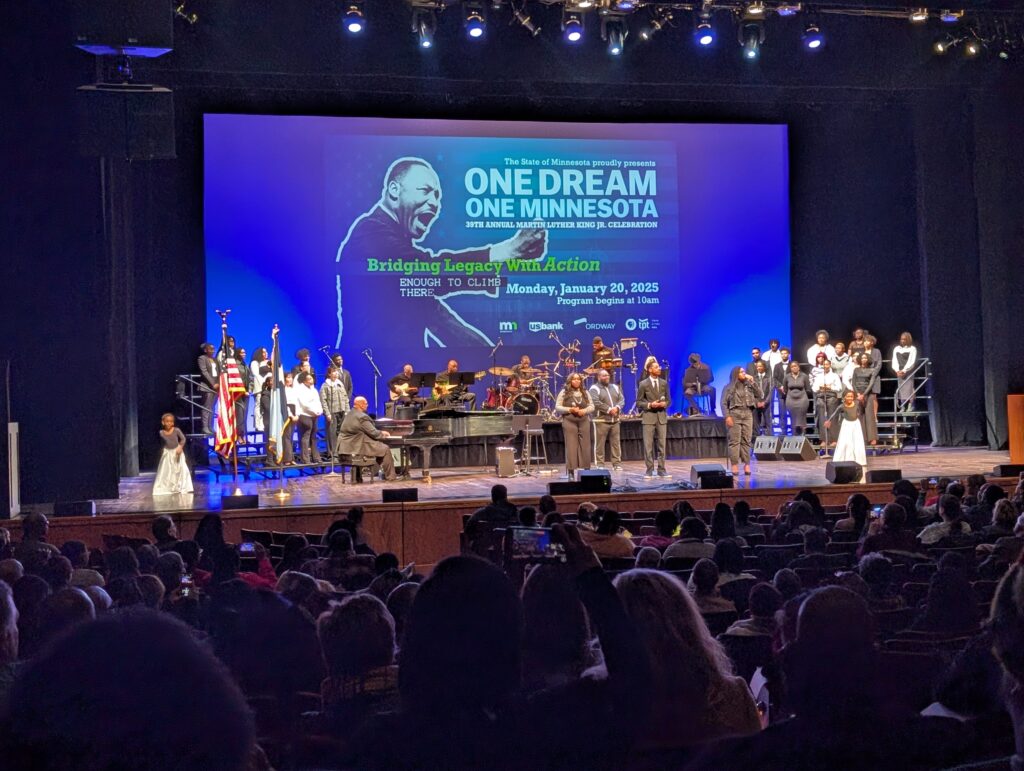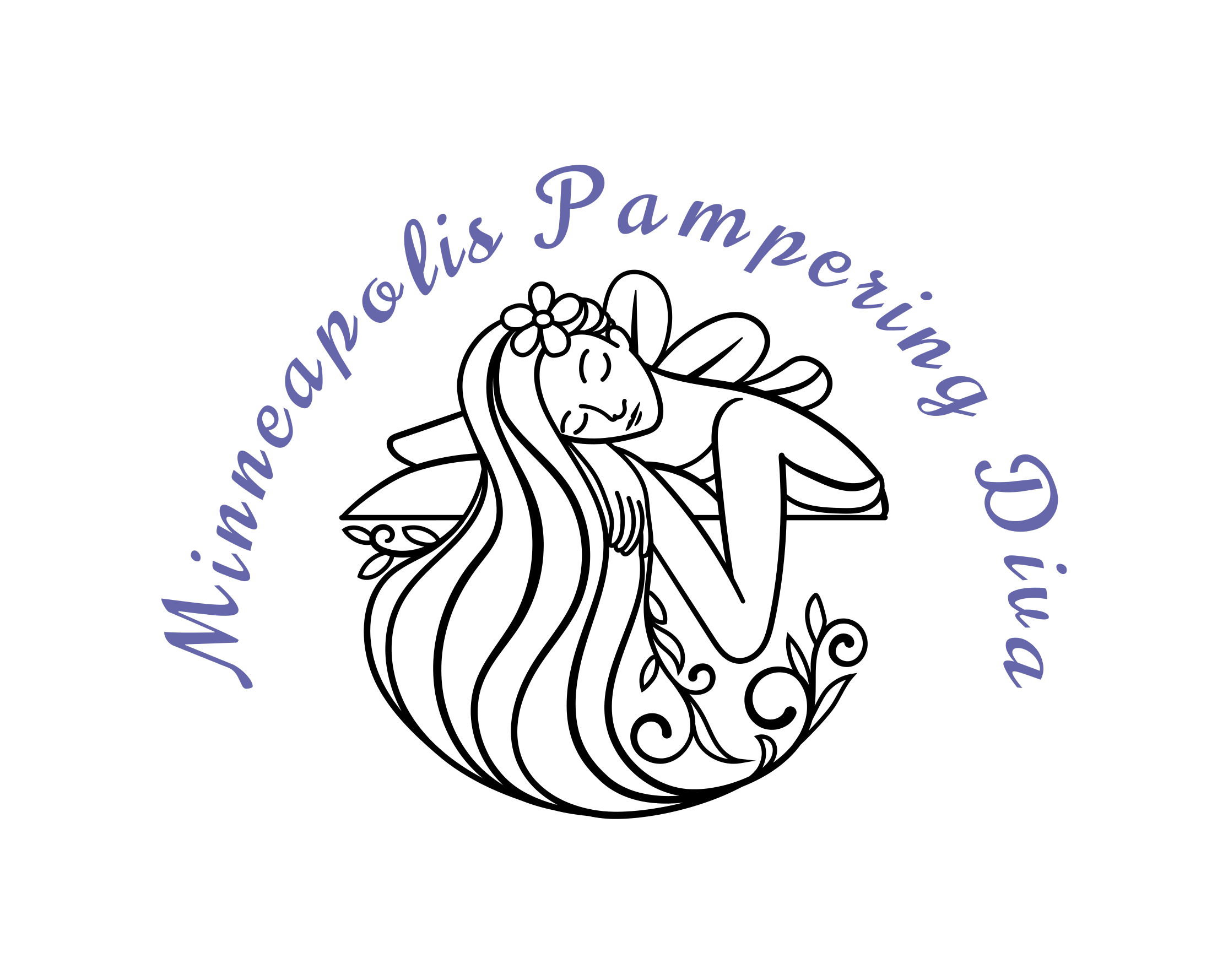One of my favorite ways to care for myself is to pamper my mind with education. Since I was very young, reading has been my escape, my happy place. History is one of my favorite subjects to read. To understand the present is to know about the past.
1968 was a historic year in the United States. Sure, you can say this about many years in this country, including the one we are in. Yet, something rings different about 1968, especially when you look at the history of Black people and their allies.
1968 started off in January with Billie Jean King beating Margaret Court in the Australian Open for her 13th Grand Slam singles title. The next day, the Tet Offensive was launched in Vietnam, which resulted in the injuries and deaths of thousands. While I couldn’t find specific numbers on the number of Black American soldiers who died during the Tet Offensive, data indicates 12.5% of the American soldiers who died during the entire Vietnam war were Black men. The Reverend Dr. Martin Luther King, Jr. increased his opposition to the war in Vietnam as 1968 went on.
On February 1, Echol Cole and Robert Walker, two Memphis sanitation workers, were crushed to death by a malfunctioning garbage truck. Their deaths prompted a strike that became part of the civil rights movement. In basketball on February 23, Wilt Chamberlain became the first NBA player to score 25,000 points.
On March 4, the Reverend Dr. Martin Luther King Jr. announced plans for the Poor People’s Campaign. Just a month later, on April 3, he delivered his last public speech in support of the striking sanitation workers in Memphis. By dinner time the next evening, April 4, he had been assassinated on the balcony outside of his room at the Lorraine Motel. On April 10, the Civil Rights Act of 1968 (more commonly known as the Fair Housing Act) was passed by Congress. President Lyndon B. Johnson signed it into law the next day.
As 1968 went on, more history was made. On June 3, the Poor People’s March took place in Washington, D.C. Two days later, Senator, former U.S. Attorney General and presidential candidate Robert F. Kennedy was shot. He died the next day.
In late August, police and anti-war demonstrators clashed at Chicago’s Democratic National Convention. Police and Illinois National Guardsmen went on a rampage, clubbing and tear-gassing hundreds of anti-war demonstrators, and much of the violence was broadcast on national television. Fast forward to November, and on the same day Richard Nixon was elected President, Shirley Crisholm of New York became the first Black woman elected to the United States House of Representatives. In December, Arthur Ashe became the first Black man to be ranked number 1 in tennis.
All of this just scratches the surface. 1968 was A YEAR! I have always found the history of the 1960s fascinating. Maybe it is because it was the decade when my parents were growing from children into teenagers. Maybe it is because it is the decade before I was born. Maybe it was because on May 15, 1968, my hometown of Charles City, IA was devastated by a F5 tornado that took 13 lives, and I grew up hearing stories of this horrific day and the trauma it brought to family members. Maybe it is because on August 8, Robert C. Vickerman, my dad’s father, died of cancer, and I never got to meet him. Maybe it is because once I started learning about the plethora of truly historical things that happened in the 1960s that continue to shape life in the United States to this day, I became more and more curious about the connections between it all.
When you ask people about the Reverend Dr. Martin Luther King, Jr., they often refer to his “I Have a Dream” speech or his “Letter from a Birmingham Jail”. The speech that I have gone back to in recent years is his last one from April 3, 1968. If you’ve never listened to or watched this speech, here is a link to listen to the full 42 minutes. Tensions were high in Memphis with the sanitation workers’ strike. King had been there in late March and a group of young people marching with him decided to start breaking windows and looting, going against his values of nonviolent resistance. King was led away by staff and many of the peaceful protestors got caught up in the swift and violent response from police. His speech on April 3, 1968, has messages we still need to hear TODAY, in 2025. “If we are God’s children, we do not have to live how we are being forced to live.” King was not going to stop, the movement he was leading was not going to stop, until it was recognized that everyone is a child of God. As if he knew what fate may be waiting for him, he said, “I may not get there with you, but I want you to know tonight, that we as a people will get to the promised land!”
The movement has not stopped because the work is far from finished. Today, to honor his work, to honor my husband, to honor my friends and community members the Reverend Dr. Martin Luther King, Jr. was fighting for, I attended an event to celebrate his legacy, something I have done numerous times in my adult life. It was the only place I could be this morning on a day when my heart was breaking for our nation and our world. As I sat waiting for the program to begin, my mind took me back to the 2003 Martin Luther King, Jr. Day celebration I attended at the King Center in Atlanta. I remembered fondly attending a workshop in the historic Ebenezer Baptist Church sanctuary. The topic of the workshop was music during the civil rights movement, led by Peter Yarrow from Peter Paul and Mary. Mr. Yarrow taught us numerous songs from the movement and why they were important. As the workshop came to a close, others began to gather because Coretta Scott King was expected to deliver the keynote address. She was running late, so Mr. Yarrow continued to lead a standing room only crowd in song from the middle of the sanctuary with his acoustic guitar. As if divinely inspired we were all singing “We Shall Overcome” as Miss Coretta walked into the sanctuary and up to the pulpit to begin her address. It is a moment that I will truly never forget.
Today as I sat in The Ordway in St. Paul, I was surrounded by local community members, local heroes of our community, Black men and women who have done and are doing incredible things to move forward the movement that Dr. King so lovingly shepherded. I heard their call to action that we must keep showing up to do the work for one another. I heard from Black women leaders Dr. Reatha Clark King, Dr. Stacy Stanley, and Jamecia Bennett, change makers in our midst. And I saw Minnesota Governor Tim Walz, a political leader who supported and ran for the second highest leadership position in our country as part of the Kamala Harris presidential campaign. It was then that it hit me, that I was in that room because the kind of history being made in Washington today was not the history I wanted. I would have been home in front of my tv if the outcome would have been different, watching the first woman of color become the 47th President of the United States. Governor Walz would have been in D.C. being sworn in as Vice President. Instead, we were in a room together, with many of Minnesota’s greatest leaders in the Black community. I heard the call to action loud and clear. I won’t get turned around. I will continue to learn how to put my white privilege to work for good by listening to community members and supporting them how they want to be supported. I will continue to amplify the voices of the Black community. I will continue to advocate for systems change in the nonprofit sector. I will continue to read history to fill in the gaps of what I was not taught from white-centric textbooks.
The emotions I had been holding since election day in November came out in the form of tears, which ended up frozen to my face as I walked to my car in the bitter cold. They dissipated quickly once I turned on the heat in my SUV and pointed my face toward the sun. Dr. King and so many others sacrificed too much for me to throw up hands in despair in 2025. I’ll keep building relationships, leading with love, taking action, and being in community, no matter what is coming with number 47 and his followers. It’s the only thing I know how to do.

Historical timeline courtesy of: https://www.historic-newspapers.co.uk/blog/1968-timeline/

Leave a Reply